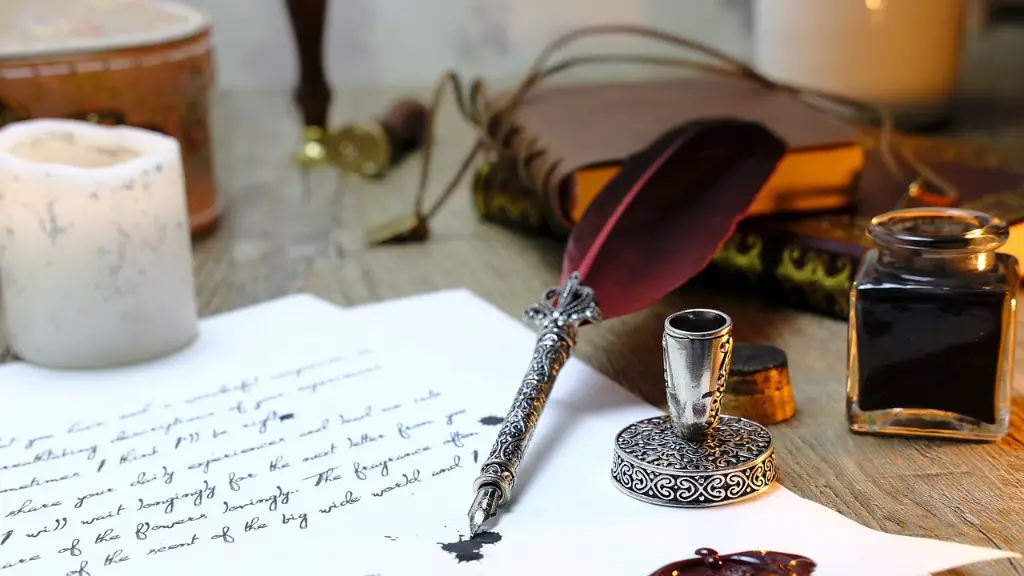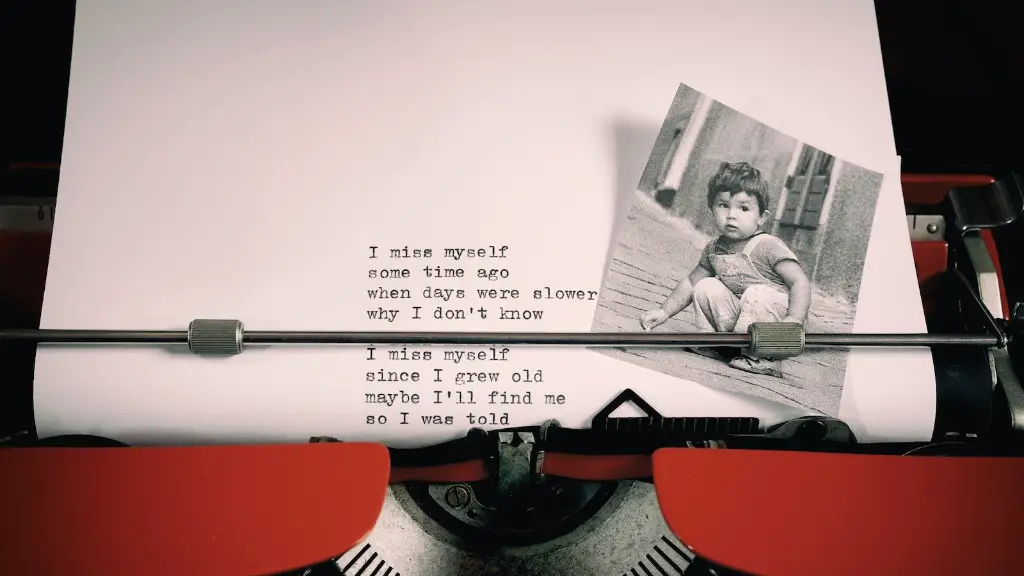Definition of Tension in Poetry
Tension in poetry is the tension created by the mismatch between two elements of a poem. This tension is often caused by combining opposing ideas, images, or types of language in a poem. Tension gives poetry its power and contributes to its strong emotional appeal. The tension in a poem can be seen as an internal conflict between two distinct ideas. By creating a tension between these two elements, a poem becomes more dynamic, helping the reader to understand the poem’s deeper meaning and to enjoy the experience of reading the poem.
Kinds of Tension
In poetry, tension can be created in a variety of ways. It can be created through the use of language, by creating a contrast between different words or phrases within a poem. It can also be created through the imagery of a poem, by placing two contrasting images side by side. Tension can also be created through the form of a poem, by setting up a dissonance between the poem’s meter and its content. Tension can also be created through the tone of the poem, by creating a contrast between the poem’s overall mood and the emotions of the poem.
The Effect of Tension
Tension in poetry can be used to create a powerful effect. By creating a tension between two different elements of a poem, a reader will be forced to confront the complexities of a situation or idea. This tension helps to draw readers into the poem, immersing them in the poem’s emotions. This tension can also help to enhance the emotional power of a poem and to draw the reader’s attention to those emotions.
Creating Tension
Creating tension in poetry is an art form. It is important to be aware of the different ways in which tension can be created, as well as the effects this tension can have on a reader. Poets should be aware of their own style and use tension in a way that works with their individual strengths. Additionally, poets should be willing to experiment with their use of tension in order to create the desired effect.
Examples of Tension in Poetry
One example of tension in poetry is found in Alfred Lord Tennyson’s poem “The Charge of the Light Brigade.” In this poem, Tennyson creates tension by juxtaposing two opposite ideas, war and glory. This tension helps to emphasize the bravery and heroism of the light brigade, even as it highlights the tragedy of war. Another example of tension in poetry is found in Walt Whitman’s “Song of Myself.” In this poem, Whitman creates tension by combining two contrasting images: the city and the sea. By combining these twoimages, Whitman creates a tension that emphasizes the beauty of nature and conveys the deep emotional connection humans have to the natural world.
Tension in Modern Poetry
In modern poetry, tension is often used to explore complex issues and conflicts. Poets use tension to highlight the complexities of a situation or emotion, and to draw attention to the feelings and experiences of those who inhabit a certain conflict or situation. By creating a tension in their poems, modern poets are able to explore difficult topics in a way that is both powerful and engaging.
The Value of Tension in Poetry
Tension is an essential tool in any poem. Tension can help to create an emotional impact that draws a reader deeper into the poem, making it more meaningful and enjoyable. By understanding how to use tension effectively, poets can create powerful poems that will be remembered for years to come.
Literary Analysis and Tension
Tension is an essential element of a successful literary analysis. In order to understand the deeper meaning of a poem, a reader must be able to identify and analyze the tension between two elements of the poem. By carefully analyzing how the tension contributes to the poem’s overall meaning, a reader can gain a deeper understanding of the poem and its impact.
The Use of Symbolism and Tension
Symbolism is often used in conjunction with tension to create a powerful effect in a poem. By combining symbols with tension, poets are able to emphasize the poem’s deeper meaning and draw attention to the complexities of a situation or emotion. Symbols have the power to enhance the power of tension, allowing readers to be more deeply engaged with the poem.
The Role of Imagery and Tension
Imagery is another important element of tension in poetry. By constructing vivid images in a poem, a poet can create a tension between the image and the words of the poem. This tension can help to emphasize the feelings or emotions that a poet is attempting to convey. Additionally, imagery can help to create a sense of atmosphere in a poem, which can contribute to the overall tension of the poem.
Exploring Different Perspectives with Tension
Tension can also be used to explore multiple perspectives on a given issue or emotion. By creating a tension between two different points of view, a poet can create an atmosphere of debate, where different perspectives on a subject can be discussed and explored. This can help readers to gain new insights and a deeper understanding of the subject.
Building Musicality with Tension
In addition to creating an emotional effect, tension can also be used to enhance the musicality of a poem. By creating a tension between the poem’s meter and its content, a poet can create a unique rhythm that emphasizes the poem’s meaning. This tension between the meter and the content of the poem can help to give the poem a unique and powerful voice.
Exploring Ideology through Tension
Tension can also be used to explore different ideologies and world views. By creating a tension between two different perspectives, a poet can open up a dialogue between the two points of view, allowing a reader to explore both sides of the issue. This tension can be used to explore the complexities of topics such as politics and religion, helping readers to gain new insights and understandings.
Enhancing Mood with Tension
Finally, tension can be used to enhance the mood of a poem. By creating a contrast between different elements of the poem, a poet can create a feeling of unease or foreboding that can help to increase the emotional impact of the poem. This tension can be used to create an atmosphere of mystery or to evoke a sense of sadness or fear in a poem.



